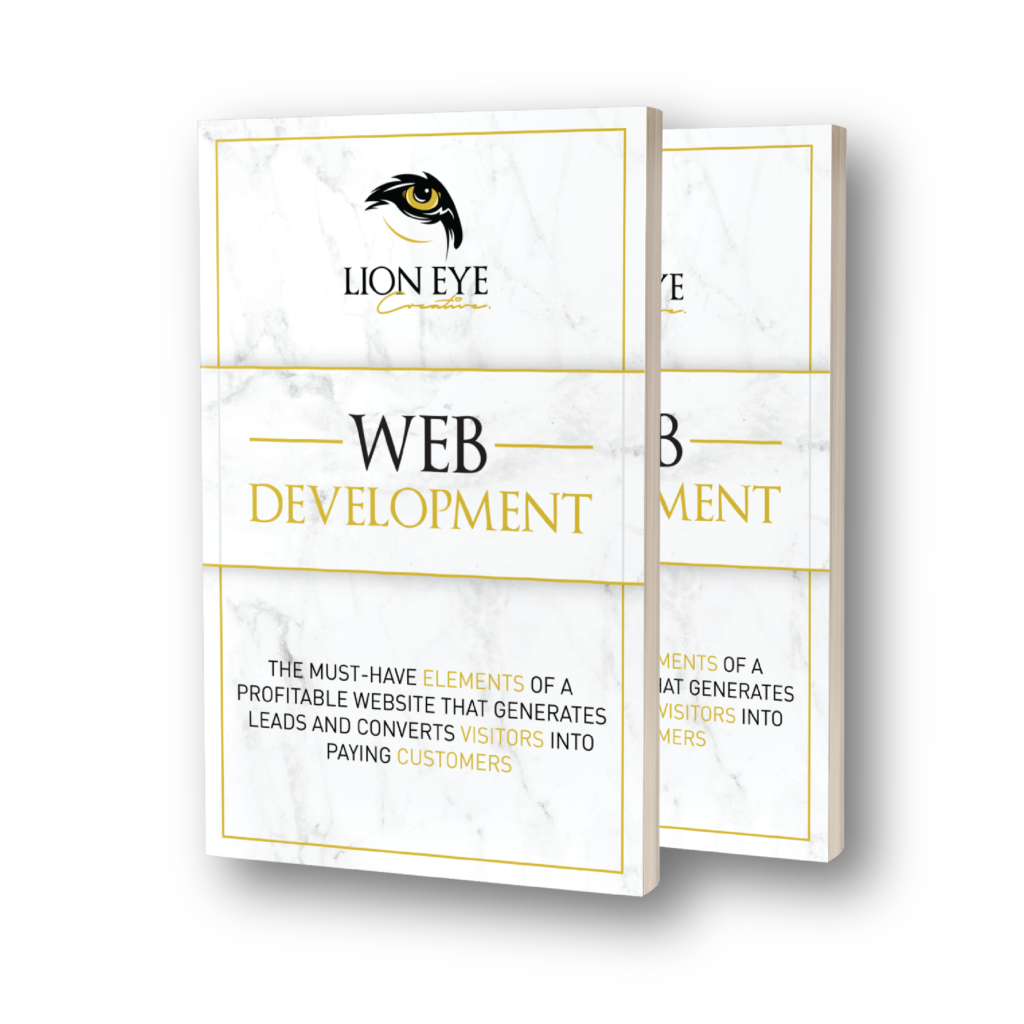
web development essential elements: typography
Here’s the last part of our 6-part series on web development essential elements and now, we’ll discuss the importance of using the right typography on creating a website.
Website typography designers are focused on creating the right letterforms — they have dedicated their careers in learning and selecting the best typeface to use for a particular design that comes with different lists of considerations. An excellent typography designer should be able to balance things such as personality and practicality, emotion and neutrality, and legibility and flexibility.
Traditionally, typography designers are also graphic designers and they have studied the key fundamentals of typography in terms of print design. However, their role and responsibilities now span in the different types of digital mediums — typography is a wide web development element to tackle but with the effective tips to follow, it won’t be such a challenge.
What are the different typography tips to use when creating a website?
1. The challenges of digital typography
In print design, there are some variables on how a user interacts with it because a printed page won’t change depending on who holds it — colors used can be tightly controlled and its typeface remains static. Digital typography, on the other hand, is more fluid in terms of design because when it appears on the user’s screen, there are a lot of factors that contribute on how it is displayed, these include:
- Screen size – this is impossible to predict, however, creating a responsive design lets designers make a slight shift in dimensions but this also means that typesetting can be challenging.
- Screen resolution – pixel density plays a huge part in text legibility. Advancement in technology made high-resolution screens more accessible to the public but designers should still consider the outliers using old technology.
- Screen calibration – the screen’s brightness levels determine how colors appear on it, therefore, it is important to make the right choices for web design to accommodate all screen settings.
2. Choosing the right font for reading on screen
Digital design is considered an elusive craft as it wasn’t long ago when there are limited fonts compatible with low-resolution screens. Just as printed fonts can trick a user’s eye, a good web font can do the same. If printed fonts are designed to be made of ink, web fonts are made of square pixels and it doesn’t have to be limited to the usual standard typefaces like the font, Times New Roman. There are now numerous options available for typography designers to utilize — sources such as Font Library, Google Fonts, and Adobe Typekit are just a few that offer easy integration and a huge range of choices.
3. Always use a font that matches your brand’s message and identity
You might have a font in mind to use or you may have a favorite font but never let your personal preference get in your way to designing excellent typography. It is essential to use a font that matches your brand’s message and identity — a font may look nice but if it doesn’t fit the purpose, then it would mean nothing.
Instead, it is wise to focus on utilizing a font design that has the characteristics the brand and website represent.
4. Ask yourself if the font is easily readable
It is wise to never use a complex font design that is a challenge to read — this is an obvious point, however, there are times when designers easily oversee this important detail. Never neglect the power of a readable font design because if users can’t read the text easily, they would scrap it and leave your website immediately.
5. Font versatility
In website typography, it is expected that you’ll be using the same fonts throughout your website and you should keep in mind that users view and visit websites in different devices and screen sizes. Therefore, you would want to use a font design to look excellent regardless of its weight, size or style.
Ask yourself these questions when choosing a font:
- Does it look good in various weights like normal, bold or italics?
- Does the font look good in different sizes?
As a website typography designer or business owner, you should always be on a lookout for the latest trends in web development’s typography because this is one of the keys that can make a huge difference.
If you want to learn more about typography in web development, you can download our Web Development ebook.

If you’re looking for help or if you’re ready to invest in your website’s typography design, talk to one of our web development specialists now!



